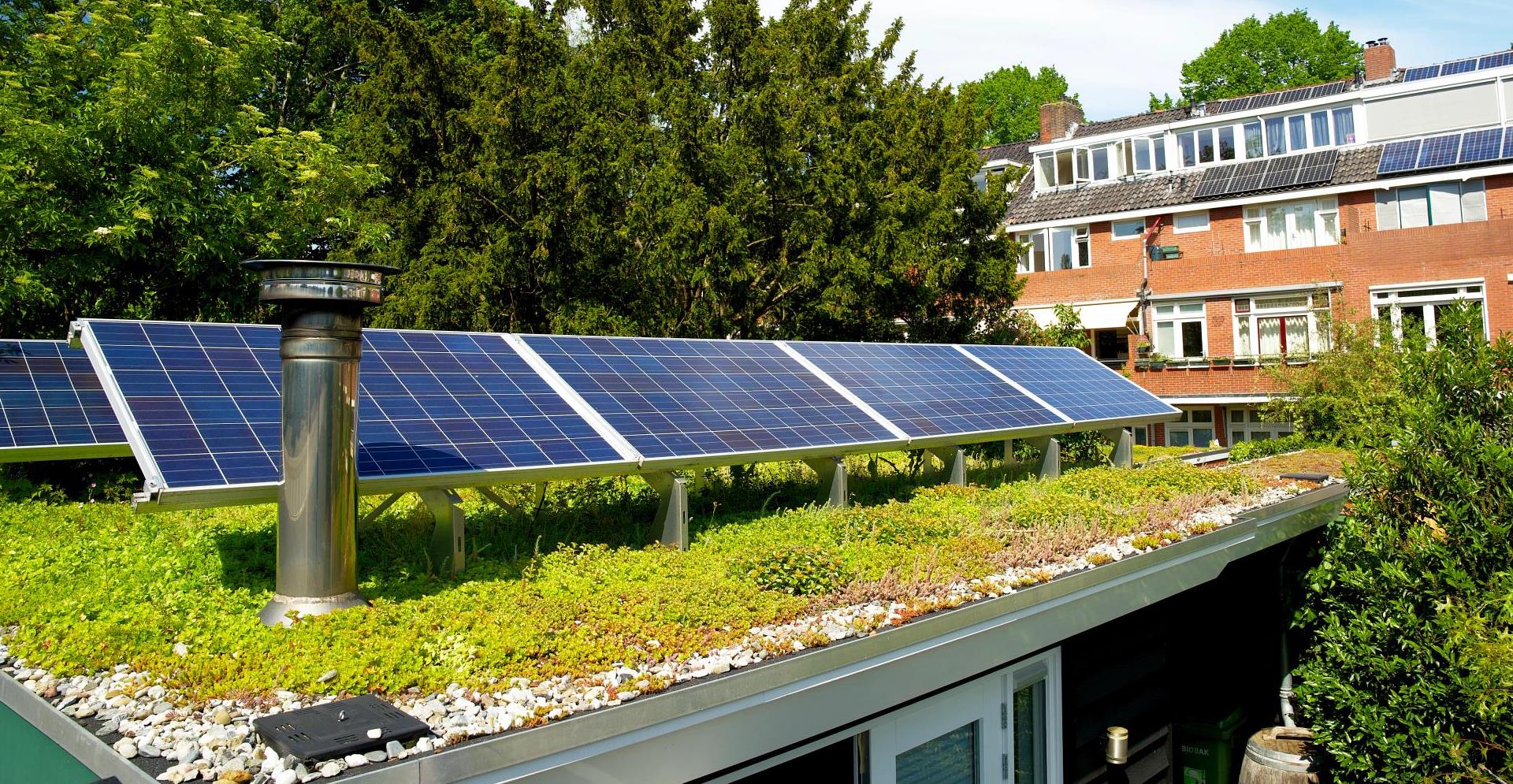Last week we crossed an ominous global warming milestone. Average global temperature were more than 2 degrees Celsius above a pre- industrial benchmark as per the records for the first time in history. Recent climatic events around the world have starkly highlighted the urgent need for climate adaptation. So, how can we raise the profile of climate adaptation both during COP and beyond?
After supporting thousands of years of human civilisation, the relative stability of Earth is ultimately changing. The UN’s latest report on the state of the climate offers a continued warning that humanity’s future could be filled with increasingly dramatic and devasting climatic events. Most parts of the world are already experiencing the effects of climate change such as the floods in Libya, prolonged droughts in the African Subcontinent, extreme heat in India and Pakistan and wildfires in Europe and Canada. Even the UK has recently experienced heatwaves, flooding, wildfires, and droughts at an unprecedented rate. Heatwaves like that in 2022 have become more frequent and more intense; by 2050, heat-related excess deaths in the UK could triple to around 7000 per year.
The spectrum of possible futures that await us are underpinned by the projections of the Intergovernmental Panel on Climate Change’s (IPCC) Sixth Assessment Report, the first chapter of which on the physical science of climate change was released in 2021. The report features five climate narratives that differ in terms of the level of projected warming and the risk of irreversible change. The common thread that emerges across all scenarios is that ‘we need to adapt even as we reduce our GHG emissions’. Even if we achieve the emissions reduction as per Paris Climate Alignments, warming is already “locked in” for the next decade because of physical inertia in the geophysical systems.
Indeed, COP28 President-designate Sultan al-Jaber has stated that adaptation will need to be "front and centre" of the climate agenda at COP28. So, the question is: are we doing enough to adapt to these climatic changes and where do we start?
Understanding the non-linearity of the physical risk of climate change
There is an immediate need to change the common misconception that the physical risk of climate is a distant problem. All sectors of the economy face risk from both short- and long-term physical effects of climate change. The World Economic Forum’s 2020 Global Risk Report states that worldwide economic stress and damages from natural disasters in 2018 reached US$165bn, with 50% of that total uninsured. Similarly, CDP recently reported that 215 of the world’s largest companies expected to see almost US$1tr in value at risk from climate change within the next five years. Alarming as they are, these estimates are all likely to be underestimates. Losses could be significantly higher over the long term across all asset classes. While most stakeholders recognise the immediate acute risk of floods, drought and wildfires, chronic risks such as the gradual rise in mean temperature and sea level and shifts in seasons are still not fully considered.
Transparency is fundamental to understanding the full scope of physical risks of climate change and allocating capital efficiently. The first step towards adapting to climate change should be identifying the risks and all the linear and non- linear ways that it could impact assets, infrastructure, businesses, communities, and the natural ecosystem. Disclosures on financial and non-financial impacts of physical risk of climate can clarify the multi-dimensional crossover of climate hazard, exposure and vulnerability. For example, the Task Force on Climate-related Financial Disclosures (TCFD), now a mandatory reporting framework in many countries, has advanced metrics on physical risk of climate change and recommends the consideration of both acute and chronic climate risks.
In our experience, organisations that consider the full range of climate risks across multiple scenarios and timescales will gain much better insight into how climate change will impact their operations, people, assets, and value chain. This detailed assessment will allow immediate actions to be prioritised whilst preparing for the full range of possibilities in the longer term and under more extreme scenarios.
Adopting an adaptation pathways approach can also be a valuable follow-on from a climate risk assessment to enable better decision-making in light of uncertainty. Adaptive Pathways takes a risk-based approach to climate resilience, building on the risk assessment to identify trigger points where actions must be taken to ensure that organisations remain resilient to the impacts of climate change. It remains to be seen if this dynamic approach which allows for flexible decision-making will be discussed at COP28; it could provide a valuable approach to taking practical and informed adaptation decisions.
Rethinking the business case for climate adaptation
It is well established that climate adaptation is a strategic move, not a charitable act. The World Resources Institute finds that every dollar invested in adaptation yields net economic benefits ranging from $2 to $10. It’s in the best interest of business to ensure resilience, risk management, and supply chain support in the face of the climate crisis. But this is easier said than done.
The business case for adaptation is often investigated in silos and tends to overlook the cascading nature of risk and its interconnectedness. Climate adaptation investment is often considered not profitable enough to attract private funding because it’s difficult to value damage or impacts that have been “avoided”. As a result, only 1.6% of adaptation funds come from the private sector. Moreover, adaptation tends to be less attractive than mitigation because results and returns are harder to predict and measure. For example, data that describe differences in revenues between resilient and non- resilient assets are not readily available. In addition, some adaptation and resilience investments such as public infrastructure with a multi-decadal operational lifetime may not generate a return for investors. Nature-based solutions for climate adaptation are yet to achieve the breakeven cost. There are not many players in the supply landscape, making it hard to achieve economies of scale. So how do we make adaptation a good business investment and look beyond the cost?
Building resilience to physical climate risks means addressing a full system, not just an individual company’s assets. This wider approach can be challenging, but it also holds the answer in itself. For example, a flood wall would not only protect the immediate waterfront properties but also the roads, buses on those roads, schools, offices, hospitals, and the entire city. Most of the adaptation infrastructure can be a shared cost-fulfilling objective and harness shared returns. It needs to be viewed from a lens of co- benefits incorporating social returns on investment and gains in natural capital rather than the contemporary cost- benefit modelling which focuses on monetary benefits only. To further sharpen the co- benefits, adaptation projects ought to be multi- faceted, place-based and locally designed with people and nature at the heart of it.
The need to encourage private finance for climate adaptation in vulnerable countries
Finance for climate adaptation needs to be steadily scaled up. Developing countries, which are often the most vulnerable to climate change and the least able to provide financial resources for adaptation, rightly stress the importance of more financial support for climate adaptation so that they can continue to achieve economic development amidst increasing climate impacts. But despite accelerating climatic risks, the adaptation finance gap has in fact widened. As per the UN Adaptation Gap Report 2023, it now stands at US$194- 366 billion per year which is about 10 – 18 times the level of current adaptation finance.
Adaptation finance is dominated by funds from multi-lateral development banks blended with public finances owing to its long gestation period and risk associated with returns. While these funds are like a drop in the ocean, they could be a good start if these development finances are catalysed as seed funds to unlock private investment. Nevertheless, there is already an increasing understanding of the business opportunity in financing adaptation. Financial instruments such as privately issued climate resilience bonds, debt-for-climate swaps, public-private partnerships and infrastructure investment trusts are likely to go some way toward plugging the growing adaptation gap. Large institutional investors including JPMorgan Chase, Nuveen and Wellington already have dedicated adaptation investments in their climate or impact funds (which exceed $1 billion). In 2022, The Lightsmith Group closed a $186 million private equity fund dedicated solely to adaptation. As per the Gold Standard, ‘the market for adaptation could be worth $2 trillion per year by 2026, indicating a missed opportunity for profit’.
The challenge of adapting to climate change and unlocking the finances to do so is clearly daunting. However, the imperative to take decisive action to build resilience across communities, businesses, and government has never been clearer, with every action taken now preventing tenfold in the future. We hope that this critical issue of adaptation will take centre stage at COP28.
Sarah Winne, Associate Technical Director, Sustainability Advisory, Anusha Shah, Senior Director, and UK Climate Adaptation Lead and Ishita Aryan, Programme Manager Climate Adaptation and Sustainability.




